Most Popular
Subway Stories
[Subway Stories] Seoul’s once-thriving red-light district fades into history
Skyscrapers are rising in Cheongnyangni to erase area’s dark chapter
By Choi Jae-heePublished : March 7, 2022 - 08:54
The following is part of Seoul Subway Stories, a newly launched Korea Herald series exploring the subway stations and surrounding areas across the city. -- Ed.

Outside exit No. 5 of Seoul’s Cheongnyangni subway station is a giant construction site.
Dump trucks and heavy duty vehicles come and go, carrying building materials and occasionally making backup warning beeps. Pedestrians hasten their way through a walkway lined with safety fences to escape the intimidating sounds of engines roaring and workers hammering and drilling.

Behind the fences, ultra-tall concrete structures are rising. One of them is the Lotte Castle Sky-L65. Scheduled to be completed by next year, the 65-story, five-building complex with commercial space, residential units and offices is set to be the tallest building in northern Seoul.

It will also mark a new chapter for the area, which was once called the “sex trade capital” of South Korea. Locals referred to it as “Cheongnyangni 588” in hushed tones.
It’s unknown where the name originated from, but some say it came from an address number of one of the buildings from a back alley. Others see a more likely link to a bus route of the same number that used to go around the neighborhood.
It was not hard to find a person who remembers the old days, when the area was off limits to minors.
“Women from the 588 zone used to come and buy Lotto tickets,” recalled a street vendor surnamed Hong, 62. Hong has been running a street stall near Cheongnyangni station for more than 20 years.
On a typical day, women would sit inside windowed booths that line both sides of the street and make themselves up under neon lights to attract passersby.

How sex workers came to congregate in this area is also unclear.
But the red-light district -- last measured at a total area of 41,586 square meters -- under the administrative jurisdiction of Jeonnong-dong in Seongbuk-gu emerged during the 1950-53 Korean War. It enjoyed its heyday in the 1980s, when it housed nearly 200 brothels with more than 500 sex workers.
Together with another red-light district in Seongbuk-gu dubbed “Miari Texas,” Cheongnyangni 588 was the symbol of an era when prostitution was condoned in Korea, though it was technically a crime.
In 2004, a major shift came about in the country’s lenient approach to the sex trade. A comprehensive new law was enacted, banning the buying and selling of sex, followed by a campaign to root out prostitution.
Tough police crackdowns drove many sex workers and pimps out of red-light districts, and some turned to new forms of business, such as barbershops and massage parlors that offered sex services.
For a decade that followed, Cheongnyangni 588 continued to exist, though business waned.

Then in 2014, the city government finalized a plan to redevelop the area with large apartment complexes and shopping malls. The demolition of brothels took place two years later, and sex workers were completely moved out by February 2018. Reconstruction work kicked off in the summer of that year.
Miari Texas, where brothels still stand largely because of compensation claims against developers rather than for their main business, is set to face the same fate in the coming years.
The city government had planned to preserve some of the old brothel buildings in Cheongnyangni 588 and transform them into open air museums, but the move was thwarted in 2016 by residents who demanded a complete demolition. They claimed it was not a proud heritage that deserved preservation, and said they wanted the area to be reborn, without any hints of its dark past.

It was around that time that photographer and writer Kim In-su began to photograph Chenognyangni 588 and its people, out of an urge to capture what would soon fade into history.
“I wanted to record memories of Seoul which are fading away,” Kim said. “In the process, I met and talked to the women and pimps. They were just people living their lives.”
For the street vendor Hong, the scenes of neon red and pink lights flickering in the narrow alley with glass windowed shops and barely-dressed women in high heels are vivid memories.
“Young people would hardly think this place was infamous for sex trafficking. It has undergone a remarkable change over the past years,” Hong said.
“But in my mind, whatever changes there are to its looks, images of the old Cheongnyangni 588 will linger on.”
By Choi Jae-hee (cjh@heraldcorp.com)








![[Today’s K-pop] Blackpink’s Jennie, Lisa invited to Coachella as solo acts](http://res.heraldm.com/phpwas/restmb_idxmake.php?idx=644&simg=/content/image/2024/11/21/20241121050099_0.jpg&u=20241121172748)


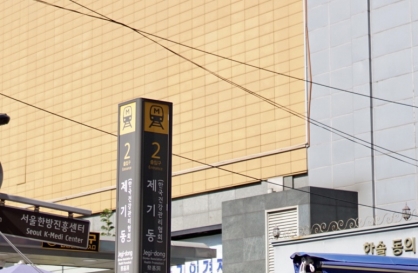
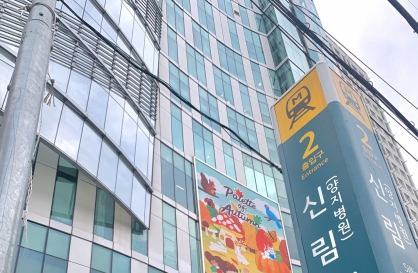
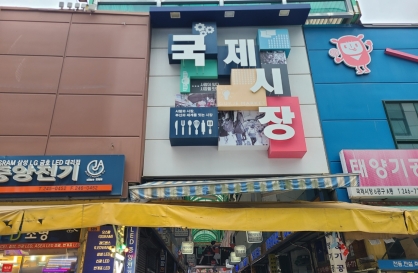
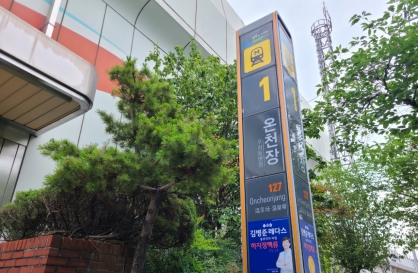
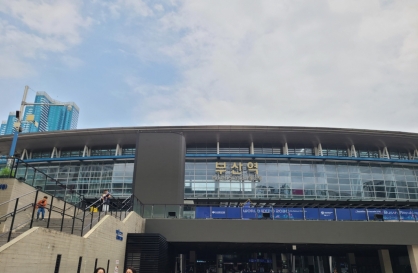







![[Today’s K-pop] Babymonster logs 100m views with ‘Drip’ music video](http://res.heraldm.com/phpwas/restmb_idxmake.php?idx=642&simg=/content/image/2024/11/22/20241122050051_0.jpg&u=20241122172213)